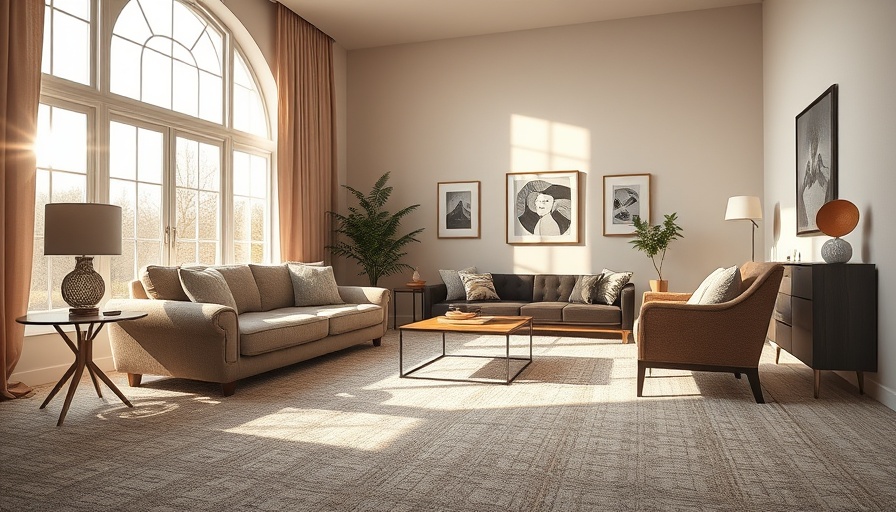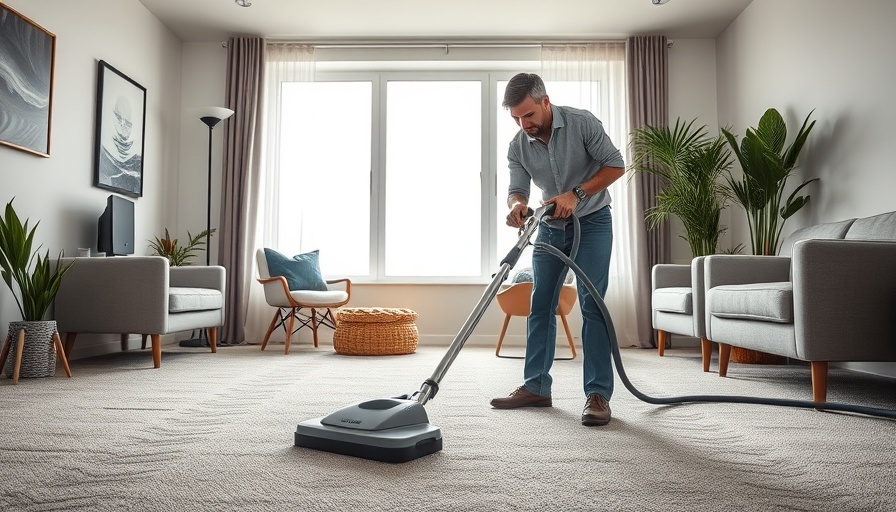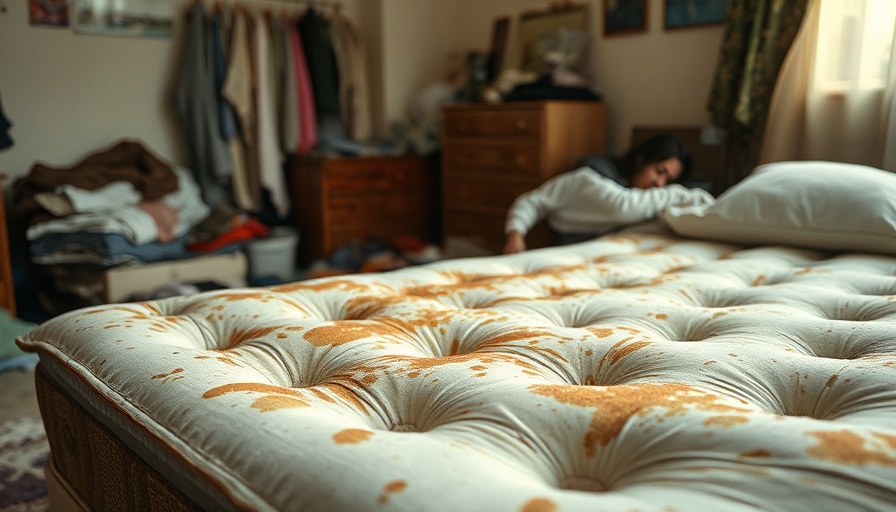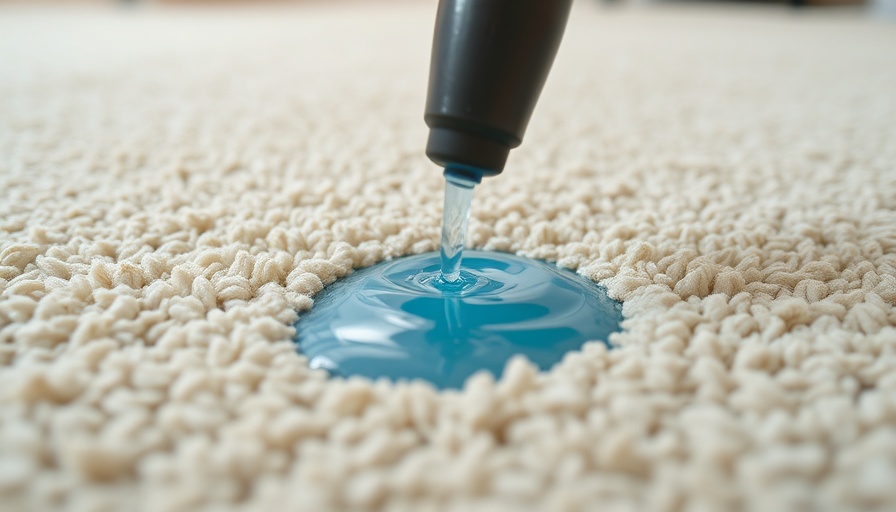
Myth vs. Reality: Carpet and Allergies
If you’re someone who suffers from allergies, you know the dread that can come with the thought of wall-to-wall carpeting. Popular belief suggests that carpets exacerbate allergy problems, casting them in a negative light as mere dust and allergen traps. This myth can deter many from experiencing the coziness and aesthetic appeal of carpets. However, the reality is more nuanced: carpets can act as air filters, capturing dust, pollen, and allergens instead of simply releasing them back into the air. This surprising fact invites a deeper exploration of how you can enjoy carpet without sacrificing your health.
Understanding Allergen Dynamics
Let’s delve into an important distinction: carpets don’t create allergens; they merely hold them. Many allergy sufferers prefer hard flooring, believing it to be the cleaner option. But evidence suggests that while allergens can be ensnared within carpet fibers, they are also easily disturbed and scattered by air movement. This means that a quick shuffle or a gust of wind could lead to airborne irritants regardless of your flooring choice. To illustrate, consider your transition from a plush carpet to hardwood; the allergens that once remained stowed away might now float freely, leading to the very same allergic reactions.
Choosing the Right Carpet for Your Home
For prospective carpet buyers, the quest for alleviation doesn’t end with understanding allergens. A vital aspect involves selecting carpets specifically designed to minimize health risks. Look for options rated with low emissions, like those with a Greenguard certification, which indicate a lower likelihood of containing volatile organic compounds. Additionally, synthetic fibers, such as nylon, are known for their resistance to mold and mildew. This understanding allows allergy sufferers to enjoy soft, inviting carpets without compromising their health.
Best Practices for Allergy Management
Preventive measures can optimize carpet maintenance and help keep allergens at bay. Regular vacuuming with a high-efficiency particulate air (HEPA) filter vacuum cleaner is essential. HEPA filters effectively trap those pesky particles, ensuring they don’t simply get blown back into your living space. The suggestion is to vacuum every 3-4 days, supplemented by professional cleaning services every 6-12 months. As Dr. James Li suggests, steam cleaning can significantly reduce the presence of dust mites and other allergens, making it a worthwhile investment.
Final Thoughts on Carpet Choices
Your decisions about flooring can have long-lasting implications for your health, especially for those with allergies. Instead of succumbing to the myth that carpet is a foe, consider the various carpet types and maintenance strategies to optimize air quality and comfort in your home. With informed choices, those who are allergy-prone don’t have to forsake the soft embrace of carpet. Embrace the idea that living well, even with allergies, can be cozy and comfortable.
 Add Row
Add Row  Add
Add 




Write A Comment